47 videos match your search.
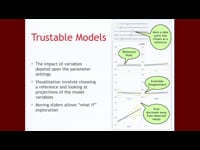 |
Mark Kotancheck The Data Modeler GUI allows those lacking a Mathematica foundation to tap into the power of the Data Modeler framework with a minimal learning curve. This presentation reviews the Data ... |
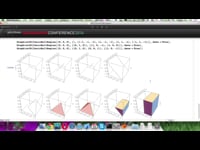 |
Yuzhu Lu This presentation covers new features of Mathematica 2D- and 3D-graphics. It also explores examples and applications using these new features. |
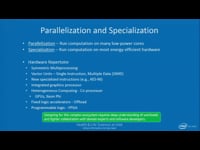 |
Paolo Narvaez Learn how Intel works with ecosystem partners and industry experts to develop tools and technologies that accelerate scientific discovery in personalized medicine. |
 |
Chris Carlson Mathematica will likely never support the rich, designer-centric interface of a good 3D design tool. Rhino, a 3D design tool, will likely never offer Mathematica's mathematical and extra-mathematical functionality. Yet ... |
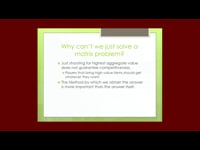 |
Scott Kiskaddon This talk presents algorithms for ordering trades between players with initial endowments in the descending value serial dictatorship game and for solving the housing market problem with non-strict preferences, allowing ... |
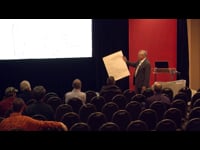 |
Dennis Collins This talk extends the 2013 Wolfram Technology Conference talk, Measuring Discrete Symmetry, from 5 to 16 or more points, comparing it to the work The Reflexive Universe (1976, Delacorte Press), by Arthur M. Young. ... |
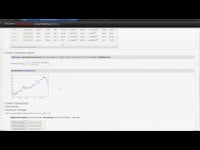 |
Fahim Chandurwala Wolfram Finance Platform accesses live market data feeds from data providers. Integrating these feeds with Wolfram technologies lets users incorporate real-time computation and monitor market behavior. This talk covers calls ... |
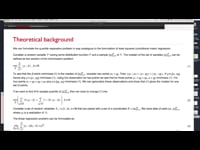 |
Anton Antonov This talk discusses the theory, implementations, and applications of quantile regression. Quantile regression is more robust than linear regression and can be used to obtain more complete pictures of distributions. |
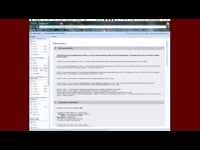 |
Faisal Whelpley This talk explores how users can learn math by making math with the Making Math platform, which combines Mathematica, courseware content, and learning management. These technologies enable learners to engage ... |
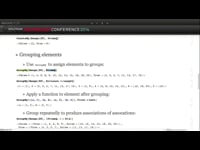 |
Taliesin Beynon and Hernan Moraldo New in Mathematica 10, Dataset introduces a general-purpose container for storing tabular or hierarchical data using lists and associations. This talk covers the query language of Dataset, ascending and descending operators, ... |
 |
David Smrcka This talk covers an interactive simulation of the diesel cycle in Mathematica, theoretically describing the processes in diesel engines. Using this simulation in lectures, students are able to better visualize the processes taking place in ... |
 |
Robert Raguet-Schofield This talk explores running the Wolfram Language and Wolfram Language–generated content on iOS devices and the different options available to do it. |
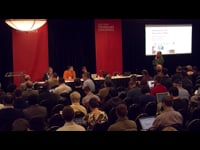 |
John Fultz, Roger Germundsson, Tom Wickham-Jones, and Arnoud Buzing In this talk, Wolfram's expert panel presents a summary of new Mathematica 10 features and answers audience questions about algorithms and R&D. |
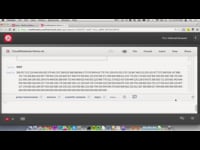 |
Jan Poeschko and Joel Klein Learn about the notebook interface in the cloud and what you can do and build with it. This talk gives an overview of the latest advances in cloud notebook rendering ... |
 |
Paul Abbott When the eigenvalues of an operator A can be computed and form a discrete set, the spectral zeta function of A reduces to a sum over eigenvalues, when the sum ... |
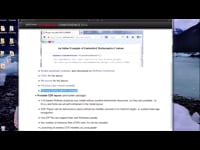 |
Andre Kuzniarek A new CDF Player based on Mathematica Version 10 will be released soon. We’ll review updates to its features, the Wolfram plugin, and new deployment possibilities using the Wolfram Cloud. |
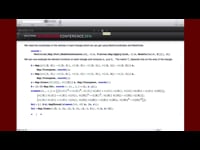 |
Richard Gass Mathematica 10 introduces powerful functions for region-based computation. NDSolve solves PDEs over arbitrary regions, but current built-in methods cannot solve elliptical eigenvalue problems over arbitrary regions. This talk shows how to ... |
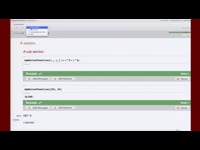 |
Raj Balaebail Users can easily write and run tests with the new built-in testing framework in Mathematica 10. This talk demonstrates how the symbolic character of the Wolfram Language lets you immediately run ... |
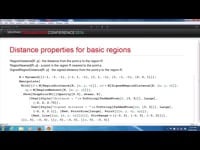 |
Adam Strzebonski Mathematica 10 introduces systemwide support for computation with mesh-based, discretized, and exact symbolically specified geometric regions. This talk focuses on symbolically specified regions, discussing ways of specifying regions, presenting functionality for ... |
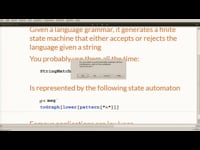 |
Abdul Dakkak This presentation explains how to perform nontrivial computer science research using Mathematica, including compiler-based optimizations that can be coded from within Mathematica. |